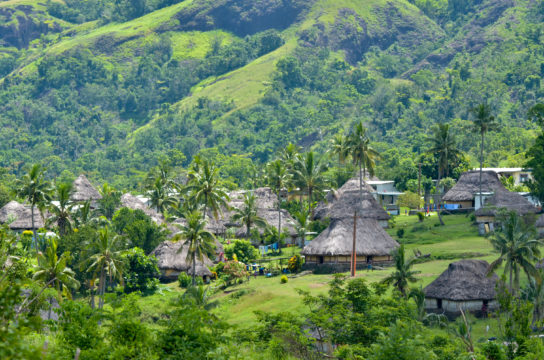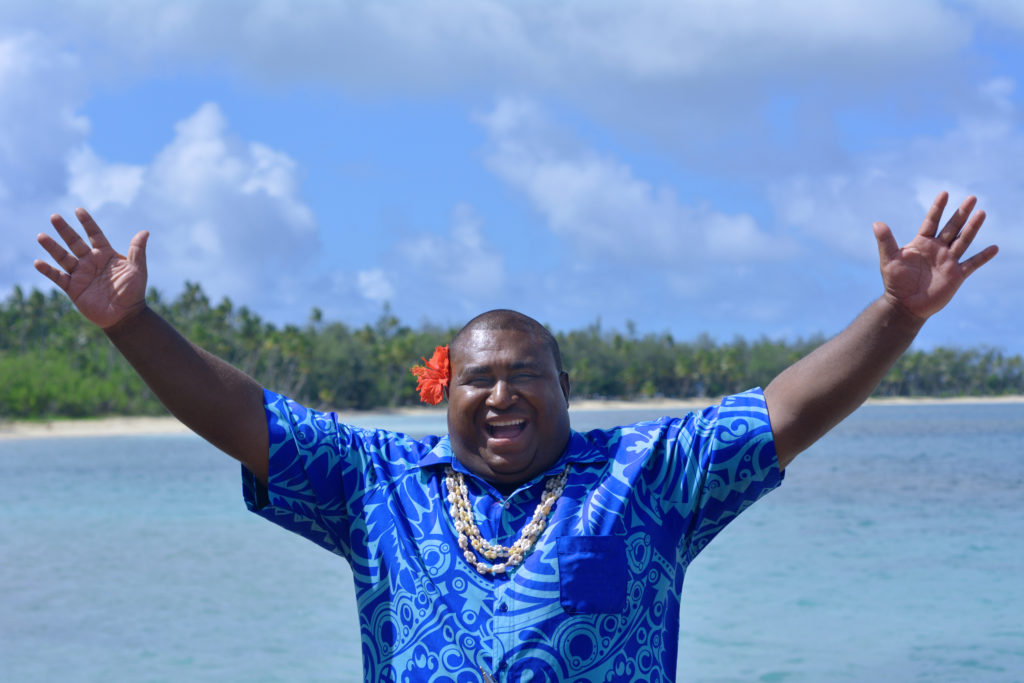Climate change in the Pacific Islands is affecting the region in a number of ways. The most significant impact is from increased temperatures and changes in weather patterns, which are affecting the natural environment as well as human health and wellbeing.
In recent years, the Pacific Islands have experienced more extreme weather events, such as cyclones, floods and droughts. These events have displaced populations, caused injuries and psychological trauma, and increased the risks of infection and malnutrition.
Sea Level Rises
Climate change is also contributing to sea level rise, which is a major threat to low-lying Pacific island nations. Sea level rise will result in loss of land area, displacement of people, and damage to infrastructure.
Pacific Islanders
The impacts of climate change are already being felt by Pacific islanders and are expected to increase in the future. The most vulnerable people are those who live in coastal areas, low-lying areas, and small island nations. Those who are most at risk include the elderly, children, pregnant women, and people with chronic illnesses or disabilities.
Impacts on the Environment
Climate change is also having an impact on the environment of the Pacific Islands. The increased temperatures and changes in weather patterns are affecting the coral reefs, which are a vital part of the ecosystem.
Coral Bleaching
The bleaching of coral reefs is one of the most visible impacts of climate change in the Pacific. Bleaching occurs when corals are stressed by changes in their environment, such as increases in water temperature. When corals are bleached, they turn white and can eventually die.
Coral bleaching is a major threat to the ecology of the Pacific Islands. It not only affects the corals themselves, but also the fish and other animals that depend on them for food and shelter.
Marine Life
In addition to coral bleaching, climate change is also causing changes in the distribution of fish and other marine life. These changes can have a negative impact on the livelihoods of people who depend on fishing for their income.
Climate Change in Fiji
Fiji is one the Pacific island nations that is most at risk from climate change. The country is already experiencing the effects of sea level rise, coral bleaching, and extreme weather events.
In September 2016, Fiji was hit by Tropical Cyclone Winston, the strongest cyclone ever recorded in the southern hemisphere. The cyclone caused widespread damage and loss of life.

In March 2017, Fiji held the first-ever Climate Change Conference for Small Island Developing States. The conference was attended by representatives from over 30 countries and aimed to raise awareness of the issues facing small island nations as a result of climate change.
Climate Change in Guam
Guam is another Pacific island that is feeling the effects of climate change. The island has experienced an increase in extreme weather events, such as typhoons and floods.
In addition, the rising sea levels are a major concern for Guam. The island is only 8 meters above sea level and is surrounded by coral reefs. If the reefs are damaged by climate change, it could lead to the island being inundated by rising waters.
Guam is taking steps to adapt to the effects of climate change. The government has developed a Climate Change Adaptation Plan, which includes measures to protect the island from rising sea levels and extreme weather events. The plan includes the construction of seawalls, the planting of mangroves, and the creation of evacuation centers.
Climate Change in Hawaii
In Hawaii, the effects of climate change are already being felt. The state has experienced an increase in extreme weather events, such as hurricanes, floods, and droughts.
Hawaii is also at risk from sea level rise. The state is made up of a chain of islands, many of which are low-lying and could be inundated by rising waters. In addition, the coral reefs around Hawaii are being bleached by the warmer water temperatures. The loss of coral reefs would have a devastating impact on the ecology of the state.
Climate Change in Palau
Palau is another Pacific island nation that is being affected by climate change. The country is experiencing an increase in extreme weather events, such as typhoons and floods.
In addition, the rising sea levels are a major concern for Palau. The country is only 2 meters above sea level and is surrounded by coral reefs. If the reefs are damaged by climate change, it could lead to the island being inundated by rising waters.
Palau is taking steps to adapt to the effects of climate change. The government has developed a Climate Change Adaptation Plan, which includes measures to protect the island from rising sea levels and extreme weather events.The plan includes the construction of seawalls, the planting of mangroves, and the creation of evacuation centers.
Climate Change in the Marshall Islands
The Marshall Islands are another Pacific island nation that is being affected by climate change. The country is experiencing an increase in extreme weather events, such as typhoons and floods.
Solomon Islands
The Solomon Islands are another Pacific island nation that is being affected by climate change. The country is experiencing an increase in extreme weather events, such as typhoons and floods. In addition, the rising sea levels are a major concern for the Solomon Islands. The country is only 6 meters above sea level and is surrounded by coral reefs. If the reefs are damaged by climate change, it could lead to the island being inundated by rising waters.
Climate Change in Tonga
Tonga is another Pacific island nation that is being affected by climate change. The country is experiencing an increase in extreme weather events, such as typhoons and floods. In addition, the rising sea levels are a major concern for Tonga. The country is prone to flooding and is only 3 meters above sea level. If the country is inundated by rising waters, it could have a devastating impact on the economy and the wellbeing of the people.
Earthquake are also a big concern in climate change for Tonga. As the water temperatures rises, the amount of energy stored in the ocean also increases. This increase in energy can lead to more powerful and destructive earthquakes.
Vanuatu
In Vanuatu, the effects of climate change are already being felt. The country has experienced an increase in extreme weather events, such as cyclones, floods, and droughts.
These events have had a devastating impact on the economy of Vanuatu. Many homes and businesses have been destroyed, and the infrastructure has been damaged. In addition, the displacement of people has put a strain on the resources of the country.
Vanuatu is also at risk from sea level rise. The country is made up of a chain of islands, many of which are low-lying and could be inundated by rising waters. In addition, the coral reefs around Vanuatu are being bleached by the warmer water temperatures. The loss of coral reefs would have a devastating impact on the ecology of the country.
Climate Change in Samoa
In Samoa, climate change is a growing threat. The country is experiencing an increase in extreme weather events, such as cyclones, floods, and droughts, similar to other Pacific Islands.

